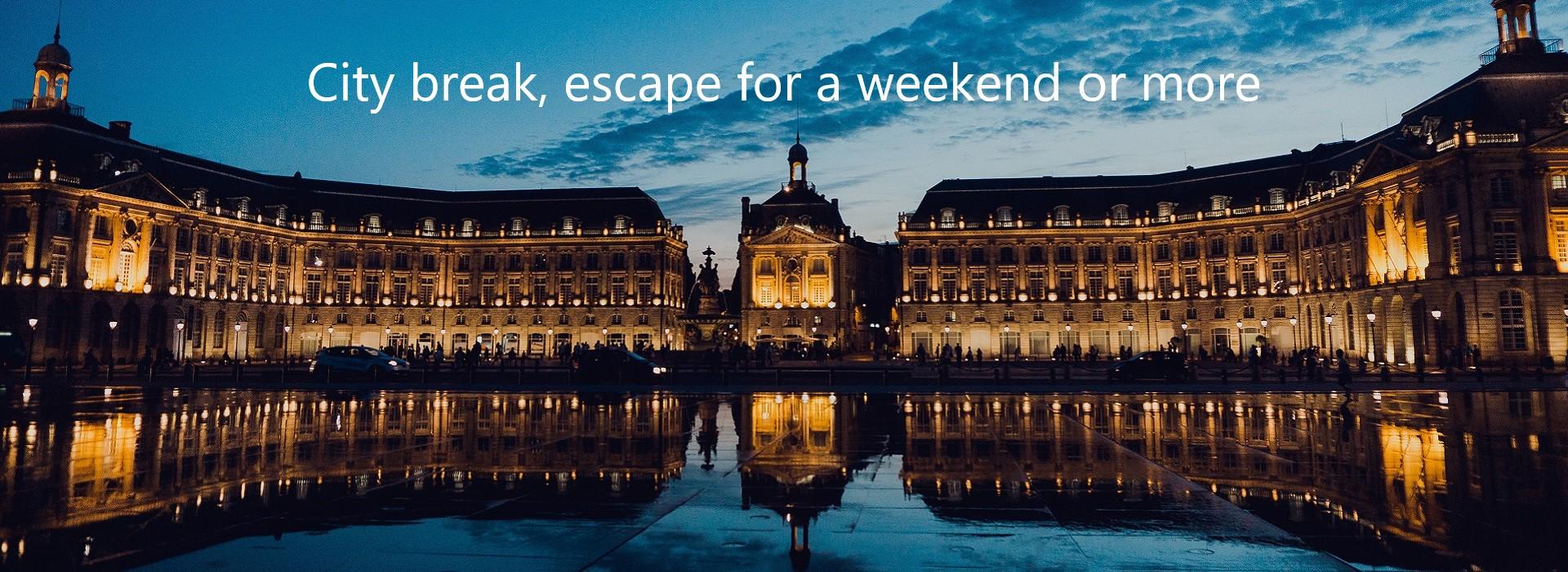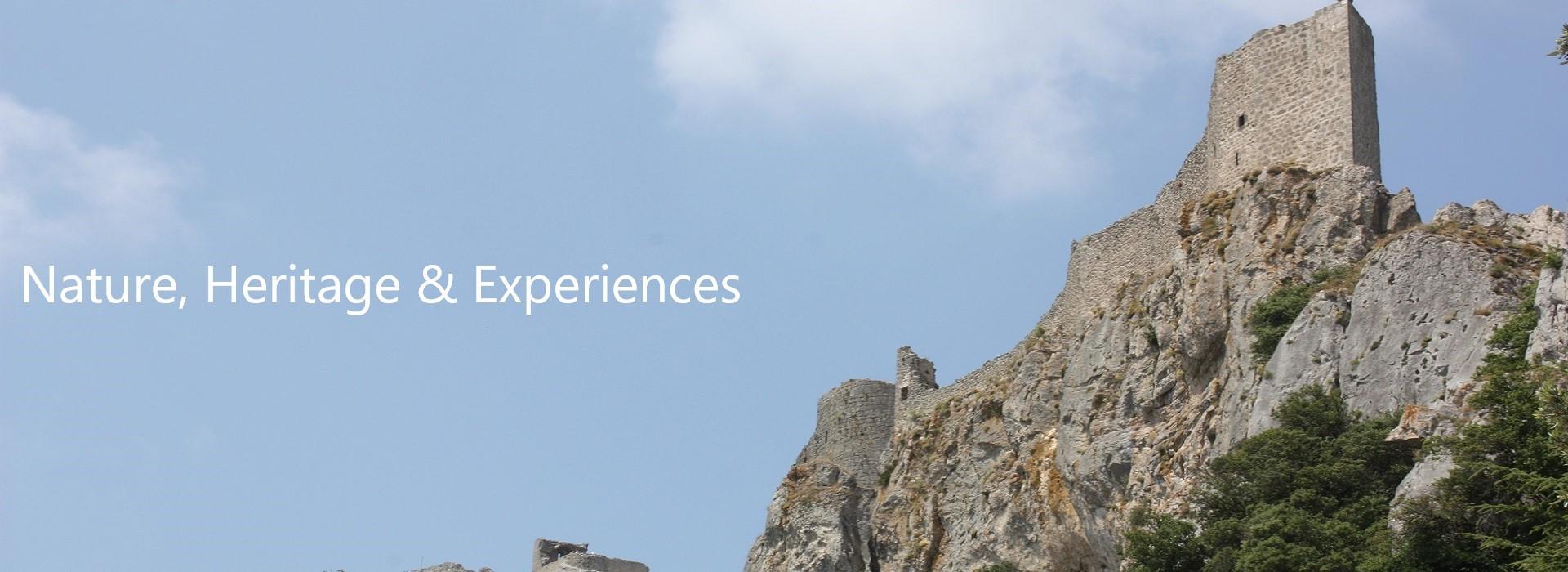Nimes Roman Amphitheatre

THE HISTORY OF NIMES ROMAN AMPHITHEATRE
On a trip on Southern France, if you are on vacation on Nimes city, you might be ready to explore many Roman buildings. Famous for its past, Nimes is nowadays an excellent destination for whom just wants to discover this glorious past or is interested in the History. Actually, if there is a building that worth to be visited it is Nimes roman amphitheatre. Just modelled on the Rome Coliseum, they were built during the 1st century AD, this building is a witness of how powerful the Roman Empire. Not only a witness of Roman Empire greatness, the amphitheatre was an entertainment place for the citizens as well. There they could attend to fights in between gladiators or men versus wild animals. This spectacular monument is now opened to the public and for sure the perfect spot to travel back in time. A must see in your holidays.

ONCE UPON A TIME...
Originally built during the Antiquity, Nimes was part of the Roman Empire. In this time, the city was called Nemausus and used to be one of the most important urban centres from Narbonne's province. Nowadays, and for your pleasure, Nimes is like an opened air museum thanks to The Forum square and the square House, Diana's temple, the Augustus’ Gate and so many others. Among them, the Amphitheatre is the most well preserved and of course one that attract many tourists. Like in very Roman colony, the amphitheatre of Nemausus offered spectaculars shows to the citizens. Every show was an occasion to attend the many fights in between the gladiators and the wild animals. The building was huge enough to welcome 24000 spectators on 34 stone grades. After the games and fights in between gladiators were banned, the building was never left unoccupied.
When you come to visit the Amphitheatre, you may notice something strange, it is like if some part of the grades were voluntarily broken, or there are some remains of towers... Why? Actually, when the Visigoths did invade this area, the amphitheatre was converted into a village. Many entrances were walled, towers were meant to watch out the city and digging a moat around the structure transformed into a small fortified village within Nimes city. This part of the city was called "castrum arena". Believe it or not, but there were around 220 houses, two churches and many parts of the sitting grades became a limestone quarry. All along the Middle Ages and until the 18th century the Amphitheatre was inhabited. Then, like the city was in an optic of an urban reorganisation, the monument was left by its inhabitants. The amphitheatre of the 19th century became the characteristic "arenas" from the cities in Southern France.
Nowadays, it is mostly dedicated to the bull fighting and bull races, but not only. Today, it is possible to enjoy music concerts, historical reconstitutions of gladiators’ fight, or theatre shows. The best when you come here is to try to come to attend one of the many shows!!
Today Nimes Amphitheatre is the best preserved in France. On the top of the building you might notice like there are holes in the stones. What could this be? Most of the shows happened during the spring and summer, so, they needed to protect the spectators from the sun or the rain. This complex system permitted to tend a protective veil called a velum. All along the façade of the amphitheatre you may notice little sculptures like two bulls’ busts, a representation of the she-wolf feeding twins Remus and Romulus, two gladiators fighting.
You must really take time to discover this particular and impressive monuments. Inside, there is sometimes some miniature models to observe, and thanks to them, you may understand better how the building progressed in its construction.

To make your visit complete there is also two rooms to visit inside of the theatre.
"The Gladiators room" that would immerge you in the universe of Antiquity fighting. In this place, you may see gladiators’ outfits, helmets, swords and shields... Of course, on small screens you would observe reconstitutions of fights in between two gladiators. In summer time, regular shows recreate the atmosphere and fight to which one’s roman citizens could attend.

The "corrida's lighted outfit" was mad in a separate room and its purpose is to make understand better the bullfighting traditions. In here, a collection of toreros outfit and portraits of famous fighters would let you appreciate this particular art. Then you may also discover the Camargue bull races traditions, different from the corrida, because it doesn't lead to the bull death. To enjoy better the experience and the visit, do not hesitate to go, up until the top of the amphitheatre to appreciate a panoramic view on the city!!
Discover our guided tour!
When you come to visit the Amphitheatre, you may notice something strange, it is like if some part of the grades were voluntarily broken, or there are some remains of towers... Why? Actually, when the Visigoths did invade this area, the amphitheatre was converted into a village. Many entrances were walled, towers were meant to watch out the city and digging a moat around the structure transformed into a small fortified village within Nimes city. This part of the city was called "castrum arena". Believe it or not, but there were around 220 houses, two churches and many parts of the sitting grades became a limestone quarry. All along the Middle Ages and until the 18th century the Amphitheatre was inhabited. Then, like the city was in an optic of an urban reorganisation, the monument was left by its inhabitants. The amphitheatre of the 19th century became the characteristic "arenas" from the cities in Southern France.
Nowadays, it is mostly dedicated to the bull fighting and bull races, but not only. Today, it is possible to enjoy music concerts, historical reconstitutions of gladiators’ fight, or theatre shows. The best when you come here is to try to come to attend one of the many shows!!
CHARACTERISTICS OF NIMES AMPHITHEATRE
Even if we are far from the size of Rome's Coliseum, Nimes one is quite huge too. Long of 133 meters and large of 101 metres it is still quite similar to Arle's Amphitheatre. Many people believe the amphitheatre was round when it is truly an elliptic shaped building. High of 21 meters, the building was opened by 120 arches divided over 2 floors. These arches, on the ground floor, were used as entrances and exits. Some of the walled arches were kept until nowadays to remember the changes operated during the early Middle Ages. During your visit, you may walk through the so called vomitoria. What such a strange name for galleries. Actually, the vomitoria were connected to the entrance arches through stair cases, and they actually were galleries leading to the sitting grades. Thanks to this system, the amphitheatre could be filled by spectators in only 10 minutes.Today Nimes Amphitheatre is the best preserved in France. On the top of the building you might notice like there are holes in the stones. What could this be? Most of the shows happened during the spring and summer, so, they needed to protect the spectators from the sun or the rain. This complex system permitted to tend a protective veil called a velum. All along the façade of the amphitheatre you may notice little sculptures like two bulls’ busts, a representation of the she-wolf feeding twins Remus and Romulus, two gladiators fighting.
You must really take time to discover this particular and impressive monuments. Inside, there is sometimes some miniature models to observe, and thanks to them, you may understand better how the building progressed in its construction.

To make your visit complete there is also two rooms to visit inside of the theatre.
"The Gladiators room" that would immerge you in the universe of Antiquity fighting. In this place, you may see gladiators’ outfits, helmets, swords and shields... Of course, on small screens you would observe reconstitutions of fights in between two gladiators. In summer time, regular shows recreate the atmosphere and fight to which one’s roman citizens could attend.

The "corrida's lighted outfit" was mad in a separate room and its purpose is to make understand better the bullfighting traditions. In here, a collection of toreros outfit and portraits of famous fighters would let you appreciate this particular art. Then you may also discover the Camargue bull races traditions, different from the corrida, because it doesn't lead to the bull death. To enjoy better the experience and the visit, do not hesitate to go, up until the top of the amphitheatre to appreciate a panoramic view on the city!!
Discover our guided tour!




